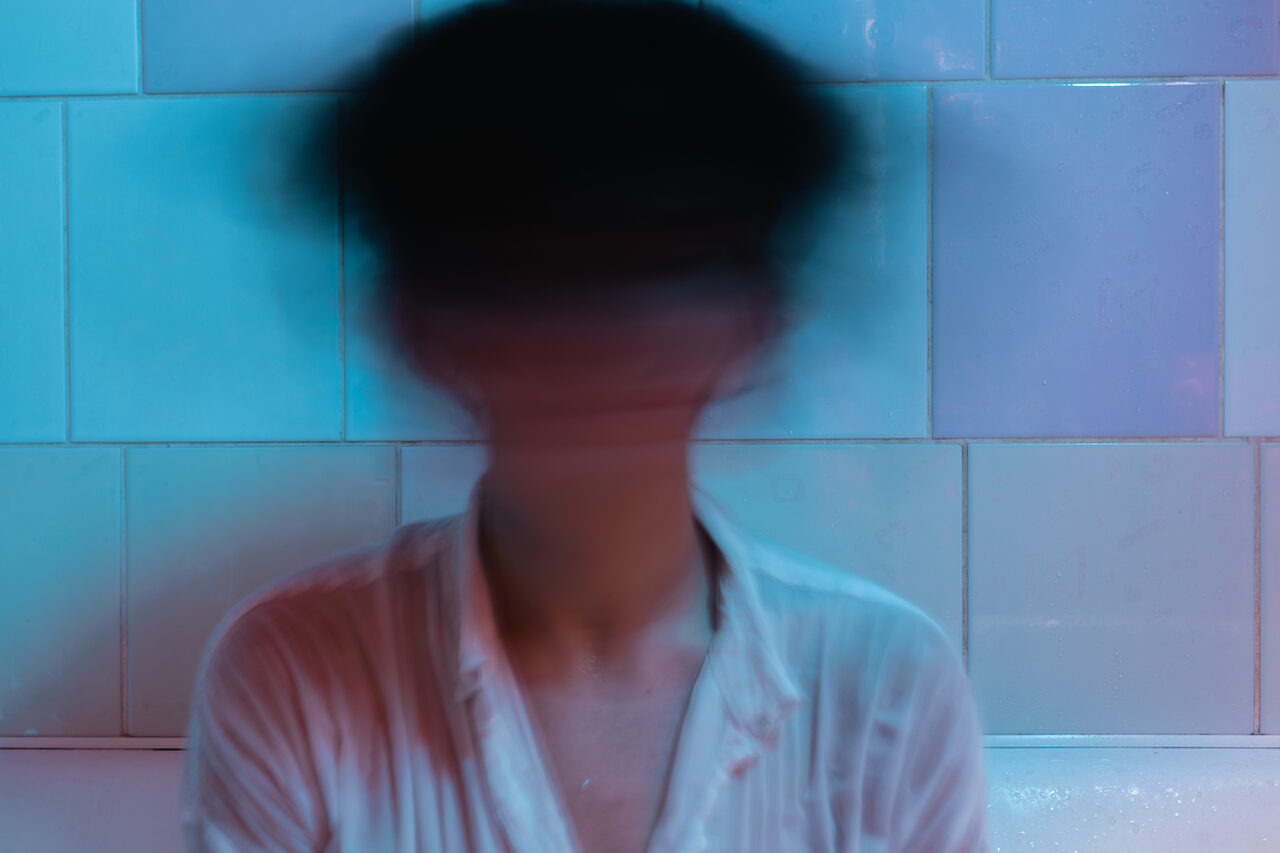 BY Samuel Mathis, MD, Assistant Professor, UTMB
BY Samuel Mathis, MD, Assistant Professor, UTMB
Recently, there has been increased interest in the use of ketamine therapy for psychiatric conditions. Ketamine is a dissociative anesthetic that also contains hallucinogenic effect. It was first approved for use in the 1970s. It is often used for short surgical treatments that do not require full anesthesia. I remember using it in the Emergency Room during residency to perform small procedures such as stitches or foreign object removal in children or people with severe anxiety surrounding needles/procedures. There is considerable evidence for ketamine use in treating severe traumatic pain. Because of its hallucinogenic effects, it has also been used recreationally. There is now research looking into the effect of ketamine on conditions such as anxiety and depression.
A 2022 literature review found that a single dose of IV ketamine significantly improved depressive symptoms in individuals with Major Depressive Disorder and bipolar depression (1). These effects begin within hours of treatment and last for approximately 7-12 days. Outside of IV therapy, intranasal esketamine therapy has been used with some success. Additionally, ketamine has even been used in treatment resistant depression with some studies now looking at prolonging the anti-depressive effects through repeat treatments. These studies are small and have not shown any significant difference between a single or multi-dose regiment (1). It is important to note that current ketamine studies are small with many having less than 20-30 participants.
Ketamine mainly works through its antagonist effect on N-methyl-D-Aspartate (NMDA) and glutamate receptors. It also is a partial agonist to mu-opioid receptors to improve pain and sedate the user. The NMDA receptors are found in neurons and play a role with memory and are found to be overly activated in acute neurological injuries such as ischemia, trauma, and status epilepticus. Glutamate naturally stimulates this receptor and thus antagonism of the NMDA receptor plays a role in memory, cognition, and mood regulation (2). Chronic stimulation of the NMDA receptor is linked to chronic stress and depressive states. The thought process is that use of ketamine provides a relief of the overstimulation of NMDA receptors through causing a hyper-glutamate state, thus decreasing depressive symptoms and reducing suicidal thoughts (3).
Common side effects of ketamine include hallucinations, confusion, tonic-clonic movements that resemble seizures. It can also cause alterations in the cardiovascular and pulmonary systems including arrhythmias, blood pressure abnormalities (hypotension and hypertension), apnea episodes, and even causing respiratory or cardiac arrest in severe cases (3). This list does not include all the other possible anaphylactic and severe prolonged effects of chronic ketamine use. For these reasons, it is imperative that ketamine therapy only be provided by licensed and trained professionals in appropriate healthcare facilities that offer supervision of treatment to ensure immediate care can be provided if needed. I would even recommend that ketamine therapy for treatment resistant depression should only be prescribed by psychiatrists trained in treating with this therapy and performed with anesthesiology supervision.
For patients who undergo ketamine therapy, a typical treatment will include significant evaluation and education about the treatment, risks, and benefits. Ketamine therapy should be integrated into a standard treatment regimen that also includes psychological therapy and traditional medical management of the disease process. Treatment can be given either through IV therapy, nasal spray, or even oral ingestion depending on the prescriber’s preference. If performed in a medical facility, vitals will be observed during the entire session. The treatment session usually takes about 1 hour, but monitoring could cause the visit to last up to three hours to ensure the effects have fully abated before being released home. Many patients report the experience to be a dissociative type of session and having a mild euphoria during the treatment. Because ketamine sessions for depression use incredibly low doses, the chances of negative side effects are significantly reduced.
Ketamine therapy is an interesting new treatment that may provide significant improvement and help for patients dealing with severe treatment resistant psychiatric conditions such as depression or Post Traumatic Stress Disorder. However, it should be considered a tool that can be utilized in conjunction with standard medical therapy and counseling services. If you have a patient that you think may benefit from ketamine therapy, encourage them to discuss the treatment with a psychiatrist familiar with the treatment. Special thanks to Dr. Ray Callas for his insights and sharing his experience in providing ketamine therapy to patients.
Works Cited:
- Yavi M, Lee H, Henter ID, Park LT, Zarate CA Jr. Ketamine treatment for depression: a review. Discov Ment Health. 2022;2(1):9. doi: 10.1007/s44192-022-00012-3. Epub 2022 Apr 15. PMID: 35509843; PMCID: PMC9010394.
- Pal MM. Glutamate: The Master Neurotransmitter and Its Implications in Chronic Stress and Mood Disorders. Front Hum Neurosci. 2021 Oct 29; 15:722323. doi: 10.3389/fnhum.2021.722323. PMID: 34776901; PMCID: PMC8586693.
- Rosenbaum SB, Gupta V, Patel P, et al. Ketamine. [Updated 2023 May 26]. In: StatPearls [Internet]. Treasure Island (FL): StatPearls Publishing; 2023 Jan-.Available from: https://www.ncbi.nlm.nih.gov/books/NBK470357/


